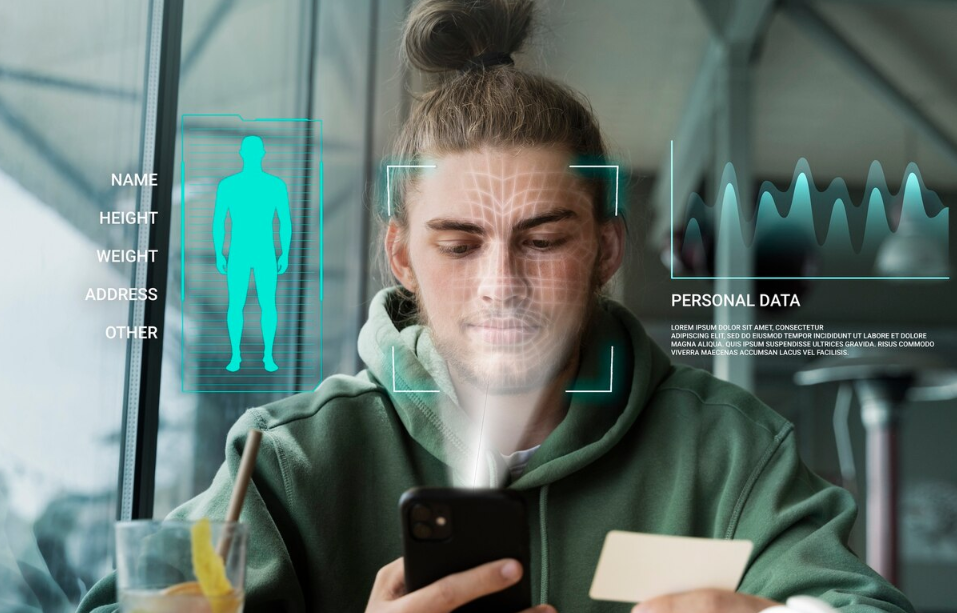In an age where algorithms seem to know us better than we know ourselves, personalization has become the silent engine driving our digital experiences. From Netflix recommendations to personalized news feeds and smart assistants that finish our sentences, data is shaping how we interact with the digital world.
But as personalization deepens, so do the questions about its impact. Is it enhancing our lives—or quietly narrowing them?
What Is Personalization in the Digital Age?
Digital personalization refers to the use of data and algorithms to deliver content, services, or experiences tailored to an individual’s preferences, behavior, and needs. It’s not just about seeing ads for shoes you Googled last week—it’s about making entire digital environments feel uniquely “you.”
Examples include:
- Curated playlists on Spotify
- Personalized shopping recommendations on Amazon
- Adaptive learning platforms in education
- Dynamic website content based on user profiles
How Data Powers Personalization
At the heart of personalization is data—lots of it. Every click, search, scroll, and pause becomes a data point. Through machine learning and behavioral analytics, platforms can build detailed user profiles to anticipate needs and desires.
Key Data Sources:
- Browsing and purchase history
- Location and device data
- Social media behavior
- Biometric and health data (e.g. from wearables)
- Interaction patterns (e.g. time spent on certain content)
The Rise of Hyper-Personalization
We’re moving beyond simple recommendations into the era of hyper-personalization—a more dynamic, real-time approach to customization. Powered by AI, hyper-personalization can:
- Change app interfaces based on time of day or emotional state
- Modify messaging styles in customer support
- Predict needs before users express them (like reminding you to reorder groceries)
Industries like retail, healthcare, finance, and education are increasingly adopting hyper-personalized tools to improve engagement and outcomes.
Benefits of a Personalized Digital Life
When done right, personalization adds real value:
- Convenience: Saves time by surfacing relevant content and options
- Engagement: Keeps users more connected and satisfied
- Accessibility: Adapts experiences to individual abilities and preferences
- Efficiency: Reduces decision fatigue and increases productivity
In healthcare, for example, personalized treatment plans based on genetics and lifestyle are already improving patient outcomes.
The Privacy Paradox
As personalization increases, so do concerns over data privacy and digital autonomy.
- Are we sharing too much data without knowing it?
- Who controls our digital identity and how it’s used?
- Can personalization become manipulation?
High-profile data breaches and controversies over algorithmic bias have prompted users and regulators to demand transparency, consent, and control.
Finding the Balance
The challenge is to strike a balance between personalization and privacy:
- Consent-based data collection
- Transparent algorithms
- Right to opt-out or reset personalization
- Privacy-first design principles
Emerging technologies like federated learning and edge computing aim to enable personalization without centralizing or exposing sensitive data.
The Future: Personalized, but Empowered
The next wave of personalization won’t just be about what companies can do with data—it will be about what users choose to allow. As awareness grows, people are beginning to demand more control over their digital profiles.
Expect to see:
- Personal data vaults where users manage and monetize their own data
- AI companions that learn your preferences privately on your device
- Regulations that make personalization ethical, not exploitative
Final Thoughts
Personalization is not just a feature—it’s becoming the foundation of the digital experience. As we move forward, the focus must shift from simply using data to using it responsibly. The future of personalization is one where technology adapts to us—without taking over our choices.


